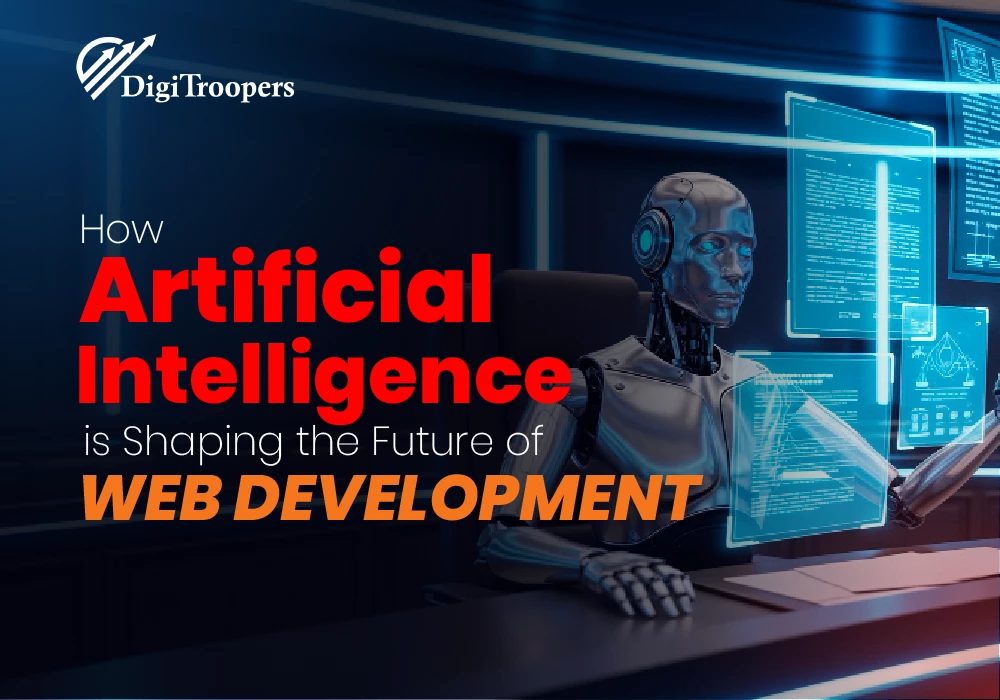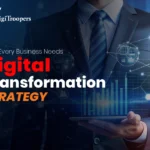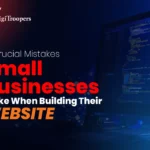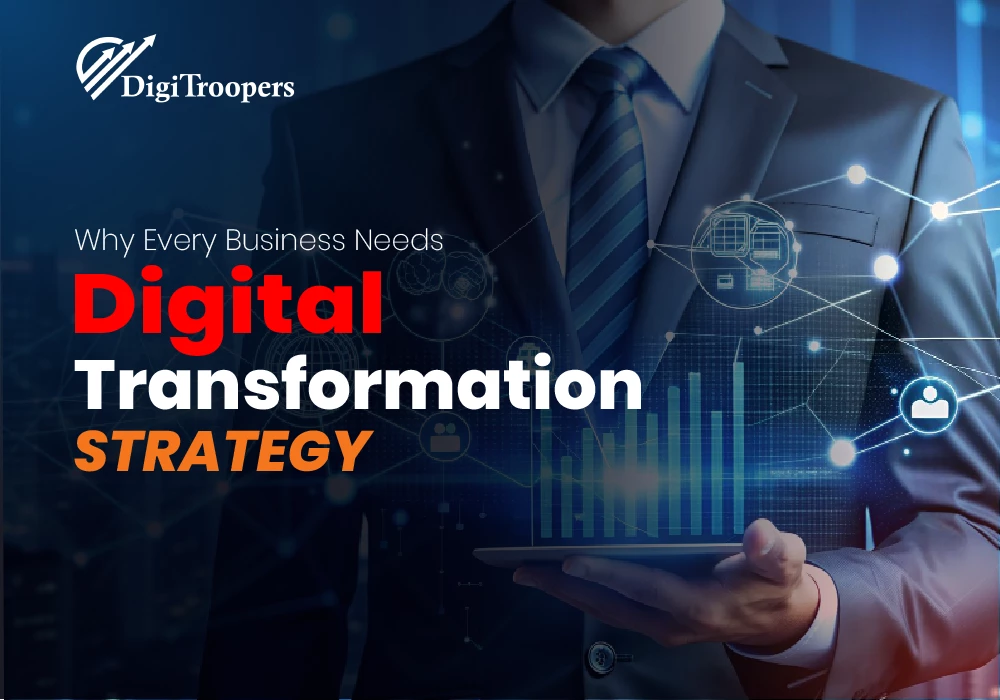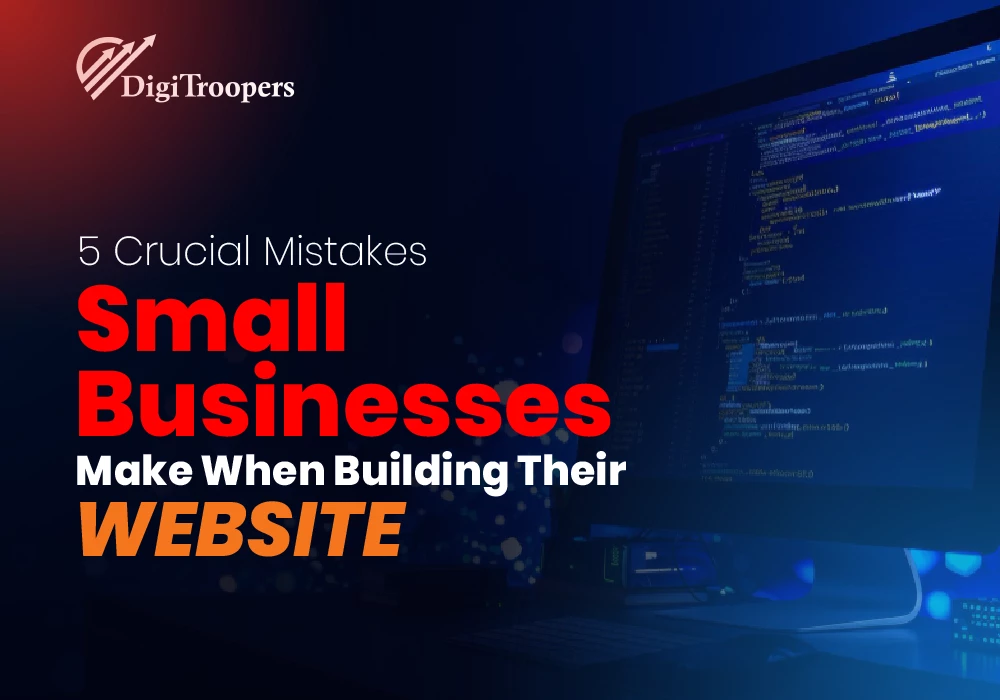The field of web development has advanced remarkably in recent decades. With businesses and individuals seeking faster, more personalized, and more intuitive websites, web developers have begun seeking AI assistance to ensure they get what they want. Artificial Intelligence has changed the face of everything, from work to daily chores. Web development is also one such field where AI is opening the gates to smarter solutions and tools to make the process of web development easier, smarter, and more effective. But in what ways is AI shaping the future of web development? This article explores how AI-driven development is changing the game for web designers and developers and what it will mean for businesses in the future.
The Role of AI in Web Development
AI is an expansive domain that includes established technologies such as machine learning, neural networks, and natural language processing. Web development refers to the process of building and maintaining websites and web applications, encompassing aspects such as web design, web programming, and database management.
AI website design tools help developers automate everything from the design to the functionalities of the website. This approach to developing websites allows creators to spend less time and energy on each project while achieving a higher level of accuracy and craftsmanship in their final product.
The future of AI in web development will follow as it continues to evolve, but one thing is certain: this technology is changing how we build, design, and interact with websites. Let’s take a closer look at how AI is transforming various areas of web development.
1. AI-Powered Website Builders
One of the greatest innovations in AI development for companies is the emergence of AI-based website builders. Website builders with AI-based systems, such as Wix’s ADI (Artificial Design Intelligence) and Bookmark, automatically create a website based on the user’s input.
No need to write hours of code or manually design every single page with these tools. Then, it’ll review the information it has gathered and create a functioning website that aligns with the user’s preferences. “It’s a game changer for businesses that need to get a website up and running quickly but don’t have a lot of technical know-how.”
For instance, now, rather than spending weeks or months waiting for a developer to build a webpage, a small business owner can create a professional-looking website with an AI-based website builder in a matter of hours. AI-powered websites are an affordable choice for an economically challenged business.
2. Machine Learning for Web Development
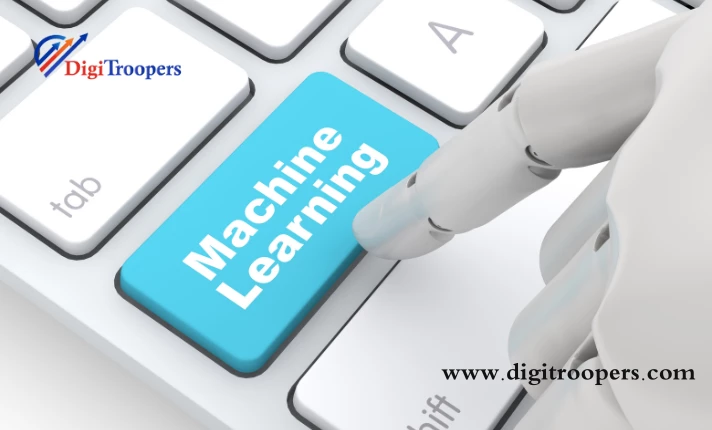
Machine learning for web development improves the overall user experience. Machine learning algorithms can analyze huge datasets, spot trends, and predict how users will act. This helps personalize content and makes the entire website more user-friendly.
So, if you’re someone who often visits a website to grab some new clothes, that site can use machine learning to suggest other clothes you might like based on what you checked out before. This makes the whole experience way more fun and also increases the chances that you’ll buy something.
Also, web development automation can be achieved with machine learning for web development. It can automate testing, bug detection, etc., which saves time for developers and allows development teams to spend more time on more creative elements of the project.
3. AI in User Experience Design
A better user experience (UX) means a successful website. That means AI in user experience design is integrated to add more intuitive, engaging, and personalized interactions between users and websites.
AI tools can monitor user behavior, including where users click on a page, how long they spend on it, and which parts they overlook. Artificial intelligence can help interpret such data and find ways to enhance a website design for performance optimization. But, for example, if users tend to leave a page after a few seconds, AI might recommend improving the design or content to make it more interesting.
4. AI Web Design 2025: What’s Next?
By 2025, AI web design will become even more developed. One of the trends that we’ll see is the implementation of artificial intelligence web tools that can auto-generate content. Based on user preferences and browsing history, these AI tools can generate text, images, and videos, providing a highly customizable experience.
Even more, the framework of AI development frameworks will rise in importance. They enable developers to build more innovative and more efficient websites using machine learning and AI algorithms. As AI progresses further, we can anticipate that websites will be more instinctive, adaptable, and able to deliver hyper-personalized experiences for every visitor.
5. Improving Mobile Web Performance
Since the era of mobile internet, enhancing mobile web performance has become a top priority for web developers. AI-powered development can be at the fore front in this endeavor, as websites are optimized to load faster, reduce bounce rates, and improve overall performance on mobile devices.
AI-based tools can assess a site’s performance on mobile devices and suggest optimizations like image compression, content caching, and the removal of superfluous scripts. By making these recommendations, developers can make mobile website optimization better, so the visitor can have a smooth, fast experience regardless of what device they’re using.
6. Web Development Automation
AI is also making a giant leap in web development automation. AI also enables developers to save time and eradicate human error by automating repetitive tasks, including writing code, debugging, and running tests.
For example, a well-defined template can be fed into certain AI tools, which will automatically generate HTML, CSS, JavaScript, pricing, and development time associated with a website. This type of automation in web development allows the developer to concentrate more on complex tasks like creating interesting user interfaces or integrating third-party services.
7. Artificial Intelligence Web Trends
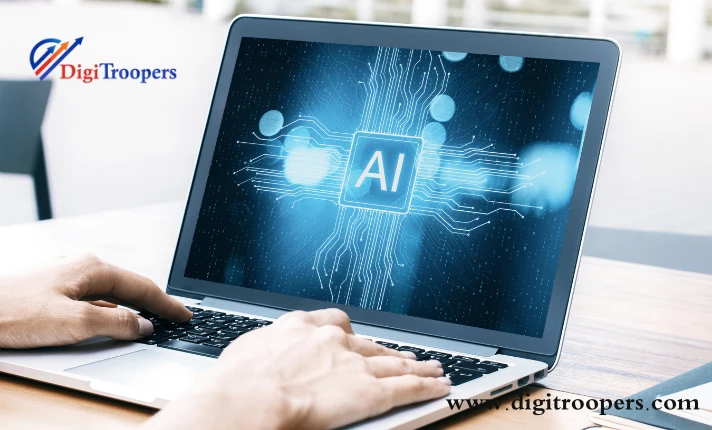
Artificial intelligence web trends are changing all the time as AI progresses. One of the most exciting trends is the adoption of AI-based chatbots and virtual assistants. They enable websites to engage with users in real-time, responding to questions, suggesting products, and helping with purchases.
This can be seen in the business of companies like Sephora, which has implemented AI-powered chatbots on their website, enabling customers to inquire about products, get personalized recommendations, and even schedule appointments. Chatbots like these improve the customer experience and make customers feel more satisfied.
Additionally, another emerging trend is the integration of AI-based website builders with other AI tools, such as machine learning algorithms for content personalization and intelligent analytics. These technologies will enable businesses to create smarter and more efficient websites that are tailored for every visitor.
8. AI-Powered Websites for Businesses
For enterprises, AI-powered websites are an opportunity to make their clients more interesting, along with building smooth-running operations. AI can help businesses make data-driven decisions by analyzing user behavior and identifying insights into what needs to be improved in particular areas of the website.
It is also well known that an AI-powered website can monitor the data of successful customers who show interest in a product and can recommend products similar to it, so that the chance of increasing sales doubles. AI also enables businesses to recognize trends and patterns in customer behavior, which helps them adjust their marketing and product strategies in real time.
Actionable Steps for AI Implementation in Web Development
- Start with Small Steps: Implement artificial intelligence tools within some aspects of your website, like chatbots or personalization functions. Scale up slowly as you start to see the value.
- Prioritize User Experience: Strive for a balance between user experience and your AI features; no one wants apps to bombard them with notifications.
- Make Use of Machine Learning: Implement machine learning for web development to personalize content for visitors, enhance recommendations, and anticipate user actions.
- Invest in AI-driven frameworks: Utilize AI development frameworks to simplify development.
- Process and automate repetitive tasks.
Final Thought
AI has influenced the development of the web in ways we couldn’t have conceived a couple of years ago. The future of web development is inextricably linked to artificial intelligence, whether it’s AI-powered websites that adapt content to individual users or machine learning tools that improve efficiency and performance. In summary, with the advancement of AI website design tools and AI-assisted development, businesses can anticipate speedy, smarter, and more personalized web experiences for their audience.
Companies seeking to remain ahead in this fast-paced digital era should consider integrating AI into their web development strategy. Not only can businesses enhance and improve their websites with the help of AI-based website builders, machine learning languages, and user experience design optimization, but these companies are also able to create more value for their customers.
The potential for AI in web development is just beginning to be realized, and the future looks bright. So, if you are a developer who wants to take your skills to the next level or a business that wants to dive into the world of AI technology, begin considering how artificial intelligence web trends can help you form your website

